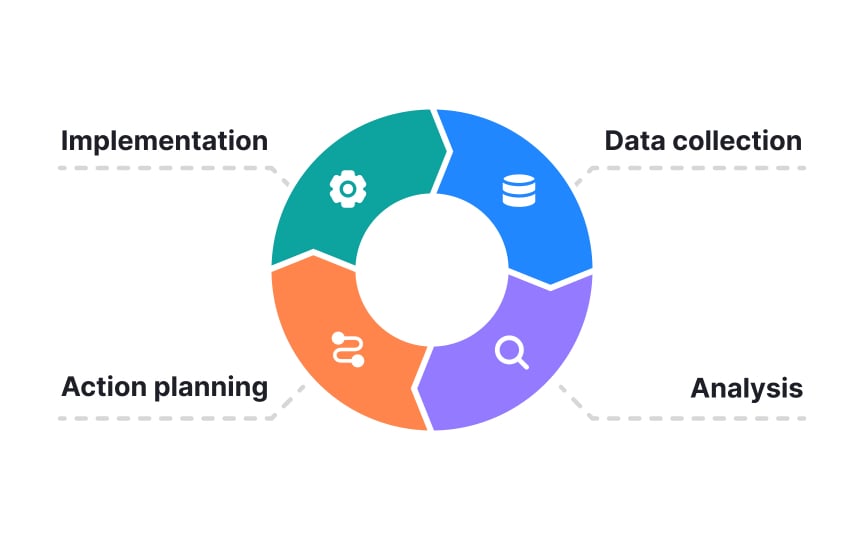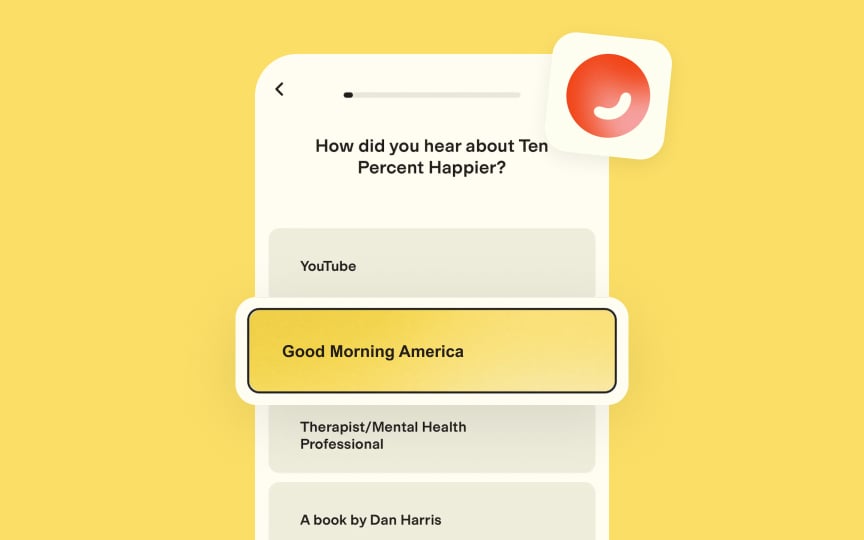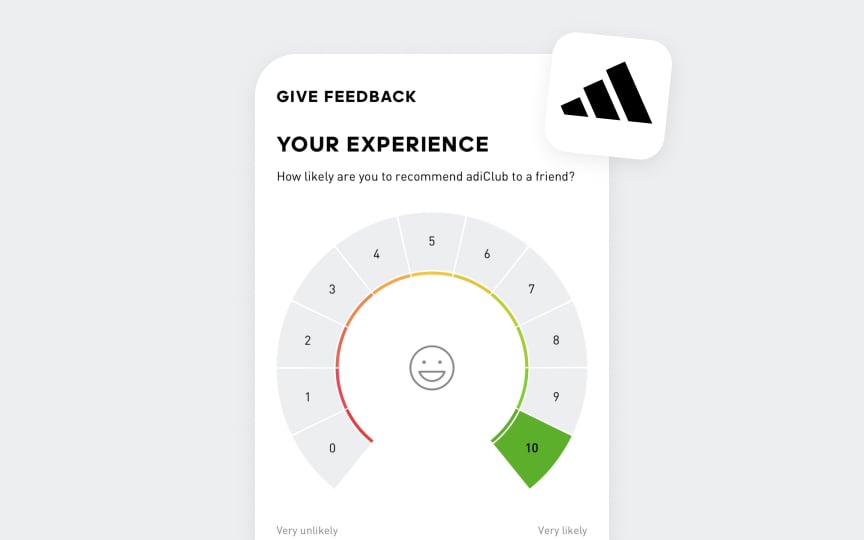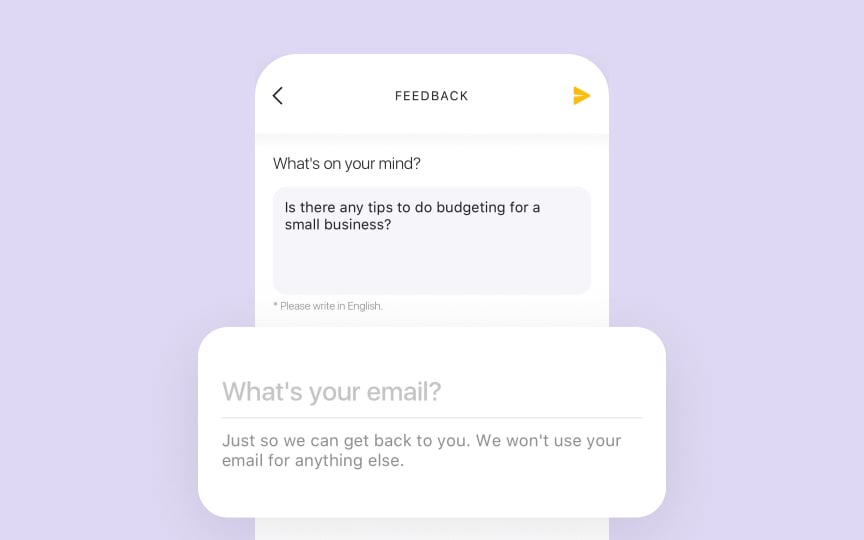Feedback Loops and Continuous Improvement
Master feedback loops to boost retention and minimize churn.
Feedback loops are the heartbeat of customer retention, transforming user feedback into powerful growth strategies. From surveys to behavioral analytics, these tools paint a vivid picture of customer needs. Net Promoter Score and Voice of Customer programs turn raw feedback into actionable insights. Closed-loop systems ensure these insights drive real improvements, while A/B testing refines strategies with precision.
Measuring impact isn't just about metrics; it's about continuously raising the bar. This approach fosters a culture that thrives on customer input, adapting as businesses scale. It's more than reducing churn; it's about building resonant, enduring relationships with customers. By mastering feedback loops, businesses don't just retain customers – they create advocates.
Feedback loops help businesses improve by gathering and acting on customer
- Positive loops build on what's working well — like when users love a new feature, so the business creates more similar features, leading to even higher satisfaction.
- Negative loops help fix problems early — like when users struggle with a particular task, the business can quickly improve it before losing customers.
Both types are important. Positive loops help grow successful features, while negative loops prevent problems from getting bigger. Using both helps businesses improve existing features while also finding new opportunities.[1]
Customer feedback comes in various forms, each providing unique insights into satisfaction and potential
- Quantitative feedback: Offers measurable data for trend analysis, including survey ratings, usage statistics, and numerical scores like Net Promoter Score (NPS). It's excellent for tracking changes over time and identifying broad patterns in customer behavior.
- Qualitative feedback: Provides deeper context and specific details about customer experiences. This includes open-ended survey responses, interview comments, and support interactions. It helps businesses understand the 'why' behind customer behavior and uncover specific pain points or areas of delight.
- Behavioral data: Gathered through user analytics, it reveals how customers actually interact with a product. This includes click patterns, user journeys, and engagement metrics. It's particularly valuable as it shows what customers do, not just what they say they do.
Combining these types creates a comprehensive picture of customer sentiment and behavior. For instance, while quantitative data might show a drop in feature usage, qualitative feedback could reveal why, and behavioral data could confirm the extent of the issue across the user base.[2]
Well-designed surveys are powerful tools for gathering actionable insights to reduce
- Clear objectives: Define specific goals for your survey, focusing on particular aspects of customer experience or potential churn factors.
- Conciseness: Keep surveys short, ideally taking 5-10 minutes to complete. This increases response rates and data quality.
- Question mix: Use a combination of question types to gather both quantitative and qualitative data. This includes multiple-choice, rating scales, and open-ended questions.
- Neutral language: Ensure questions are unbiased and not leading, to avoid influencing responses.
- Logical flow: Organize questions in a logical sequence, grouping related topics together.
- Mobile optimization: Design surveys to be easily completed on mobile devices, as many customers prefer this option.
- Timing: Consider when to send surveys – capturing feedback at key moments in the customer journey can provide particularly valuable insights.
Pro Tip: Test your survey with a small group before full deployment to identify and fix any issues in question clarity or flow.
- Promoters (9-10): Loyal enthusiasts likely to keep buying and refer others
- Passives (7-8): Satisfied but unenthusiastic customers vulnerable to competitive offerings
- Detractors (0-6): Unhappy customers who can damage your brand through negative word-of-mouth
The NPS is calculated by subtracting the percentage of Detractors from the percentage of Promoters. Scores can range from -100 (all Detractors) to +100 (all Promoters).
While the score itself is valuable, the follow-up question asking why customers gave their rating provides crucial qualitative insights. Analyze these responses to identify common themes and areas for improvement. Regular NPS tracking can help gauge the impact of your
Customer
- Select diverse participants: Include both satisfied users and those at risk of churning to get a balanced perspective.
- Prepare a semi-structured guide: Create open-ended questions that encourage detailed responses, but allow for spontaneous follow-ups.
- Focus on goals and challenges: Understand the customer's objectives and the obstacles they face in achieving them.
- Practice active listening: Pay attention to verbal and non-verbal cues, and ask probing questions to uncover underlying motivations.
- Record and transcribe: Capture the full conversation for later analysis, ensuring no valuable insights are missed.
- Analyze for themes: Look for common patterns across interviews to identify systemic issues or opportunities.
- Act on insights: Develop action plans based on the feedback received and communicate changes back to participants.
Pro Tip: Conduct interviews at different stages of the customer lifecycle to understand evolving needs and expectations.
User behavior analytics provide valuable insights into how customers interact with your product, helping identify patterns that may lead to
- Define key events: Identify critical actions that indicate engagement or risk of churn within your product.
- Implement tracking: Use tools to capture user
interactions , such as clicks, time spent, and feature usage. - Analyze user journeys: Map out typical paths users take through your product, identifying drop-off points.
- Segment users: Group customers based on behavior patterns to tailor
retention strategies. - Monitor engagement metrics: Track factors like login frequency, session duration, and feature adoption rates.
- Set up alerts: Create notifications for sudden changes in behavior that might indicate increased churn risk.
- Combine with other data: Integrate behavioral insights with customer feedback and support interactions for a holistic view.[4]
Pro Tip: Focus on changes in behavior over time, not just absolute metrics, to spot early warning signs of potential churn.
- User-centric approach: Base your hypotheses on actual user feedback and behavioral data to address real pain points.
- Focus on high-impact areas: Prioritize elements that significantly influence retention, such as onboarding flows or pricing pages.
- Clear, specific hypotheses: Develop testable hypotheses that clearly state the expected impact on retention metrics.
- Isolate variables: Test one element at a time to accurately attribute any changes in retention to specific modifications.
- Representative sampling: Ensure your test groups reflect your overall user base for reliable results.
- Statistical significance: Run tests long enough and with a large enough sample size to achieve statistically significant results.
- Holistic metric analysis: Look beyond immediate conversion metrics to understand the long-term impact on customer retention.
- Iterative improvement: Use insights from each test to inform future experiments and continuously refine your retention strategies.
Pro Tip: Don't rush to conclude tests early. Let them run their full course to capture delayed effects on retention.
Two key elements often overlooked in feedback loops can make them much more effective:
- Closed-loop communication: When you make changes based on feedback, tell customers about it. This "closing the loop" shows their
input matters and encourages future engagement. You can achieve this through personal messages about specific changes, regular updates about improvements, or public announcements about how customer feedback shaped new features. - Impact measurement: Track whether the improvements you make actually help. This means setting clear metrics for each change, measuring results before and after implementation, and analyzing how different user groups respond. For example, if you improve a feature based on feedback, compare usage and satisfaction rates from before and after the change.
These elements transform feedback from simple data collection into a dynamic dialogue with customers, demonstrating responsiveness and commitment to improvement.
Pro Tip: Create a public changelog highlighting improvements made based on customer feedback to showcase responsiveness.
Creating a culture of continuous improvement is crucial for sustained
- Leadership commitment: Leaders must visibly champion and model continuous improvement behaviors.
- Empowering employees: Encourage staff at all levels to identify and suggest improvements.
- Transparent communication: Share customer feedback and improvement initiatives across the organization.
- Celebrating small wins: Recognize and reward incremental improvements to maintain motivation.
- Learning from failures: Treat setbacks as learning opportunities rather than reasons for blame.
- Cross-functional collaboration: Break down silos to foster holistic improvements.
- Data-driven decision making: Base improvement decisions on concrete data and customer insights.
- Regular training: Provide ongoing education on improvement methodologies and customer-centric practices.
- Feedback mechanisms: Establish channels for employees to share ideas and concerns.
Pro Tip: Implement a simple idea submission system for employees to share customer-centric improvement suggestions.
References
- Nielsen Norman Group: UX Research, Training, and Consulting | Nielsen Norman Group
Top contributors
Topics
From Course
Images provided by
Share
Similar lessons

10 Usability Heuristics by Jakob Nielsen

Usability Heuristics























